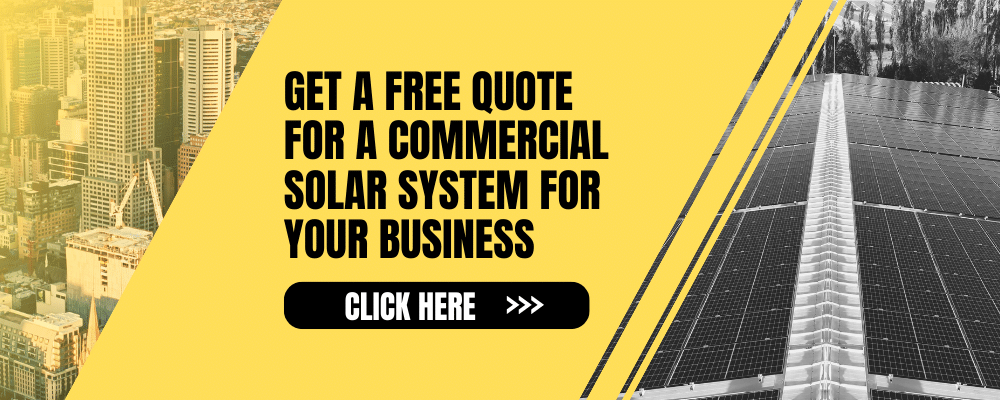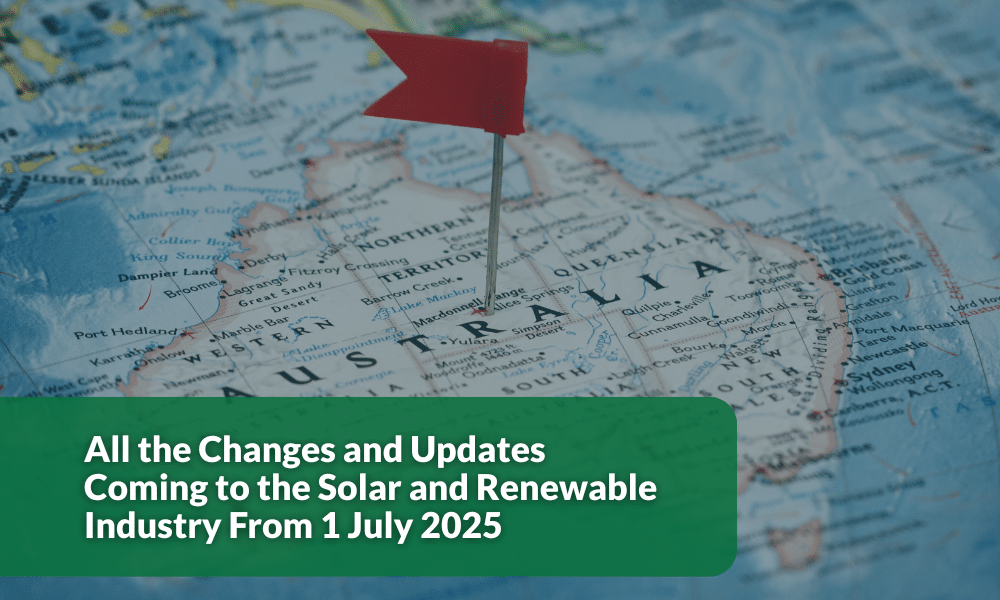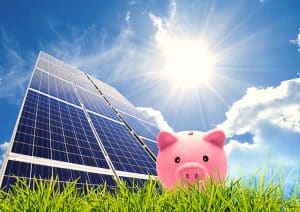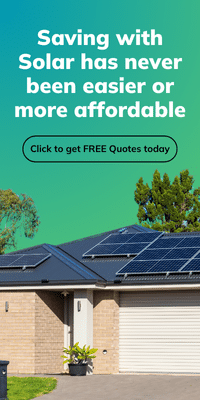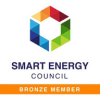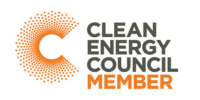From tomorrow, 1 July 2025, Australia’s renewable energy sector is set for some of its biggest shifts in years. With new solar rebates, battery incentives, and updated feed-in tariff rules across every state and territory, homeowners and businesses have a fresh opportunity to cash in on clean energy upgrades. Whether you’re looking to install rooftop solar, join a virtual power plant, or stack federal and state solar programs, these changes will shape how Aussies access, store, and profit from renewable energy. This guide breaks down everything you need to know about the new renewable energy policies rolling out nationwide.
Federal: Cheaper Home Batteries Program
The federal government is rolling out the $2.3 billion Cheaper Home Batteries Program. This initiative offers a 30% rebate on solar battery systems ranging from 5kWh to 100kWh (the rebate applies up to 50kWh). The goal is to make battery storage more accessible, reducing costs from over $10,000 to around $6,000. This rebate can be combined with certain state incentives, encouraging more households and small businesses to adopt battery storage solutions.
South Australia and New South Wales: Feed-in tariff changes and evolving battery incentives
In South Australia, the removal of mandated minimum feed-in tariffs means energy retailers now set their own rates. Homeowners should check with their providers to understand the credits they’ll receive for excess solar energy.
In New South Wales, the Peak Demand Reduction Scheme (PDRS) battery rebate concluded on 30 June 2025. This scheme previously offered upfront discounts for battery installations. From 1 July 2025, the focus shifts to encouraging battery owners to connect to Virtual Power Plants (VPPs). The VPP incentive has increased to up to $1,500, depending on battery size, and can be combined with the federal Cheaper Home Batteries Program. This combined support aims to make battery storage more affordable and promote grid stability through increased VPP participation.
Victoria: Feed-in tariff reductions and gas reforms
Victoria’s minimum flat feed-in tariff is set to drop dramatically from 3.3c/kWh to just 0.04c/kWh. This change reflects the decreasing value of excess solar energy fed back into the grid. Additionally, Victoria is maintaining its commitment to make all new homes and most new commercial buildings electric-only from January 2027. From March 2027, any gas system reaching end of life must be replaced with electric alternatives, pushing the state further towards renewable energy adoption.
Queensland: New planning laws for renewable projects
Queensland has introduced the Planning (Social Impact and Community Benefit) and Other Legislation Amendment Bill 2025. This legislation requires developers of large-scale renewable energy projects, such as wind and solar farms, to conduct social impact assessments and establish community benefit agreements before submitting development applications. The aim is to ensure that local communities are actively involved and benefit from renewable energy developments.
Northern Territory: Electricity price changes and feed-in tariff adjustments
Residents of the Northern Territory will experience a 3% increase in electricity prices, surpassing the inflation rate. To mitigate these higher costs, the NT government’s Community Services Obligation has been increased to $192 million, significantly lowering electricity bills, especially in remote areas. Additionally, the solar feed-in tariff will double for energy exported between 3pm and 9pm, incentivising solar energy production during peak demand hours.
Western Australia: Launch of Residential Battery Scheme
Western Australia is launching its Residential Battery Scheme, offering rebates and no-interest loans for solar battery installations. This initiative can be combined with the federal Cheaper Home Batteries Program, providing substantial financial support for households looking to invest in battery storage solutions.
Tasmania: Continued support for battery installations
Tasmania continues to offer interest-free loans for installing home batteries, supporting residents in adopting renewable energy solutions. This initiative complements the federal Cheaper Home Batteries Program, making battery storage more accessible and affordable for Tasmanians.
National Electricity Market: Post-2025 Market Design
The Energy Security Board is implementing the Post-2025 Market Design, aiming to modernise the National Electricity Market. This reform addresses the integration of new technologies, large-scale renewable energy generation, and storage systems. It also focuses on enhancing consumer energy options, including rooftop solar, to ensure a reliable and efficient electricity market that meets evolving consumer needs.
Conclusion
The renewable energy landscape in Australia is evolving rapidly, with significant changes taking effect from 1 July 2025. These updates aim to promote the adoption of renewable energy solutions, enhance community involvement, and modernise the electricity market to meet future demands. Households and businesses are encouraged to stay informed and take advantage of the available incentives to contribute to Australia’s sustainable energy future.






